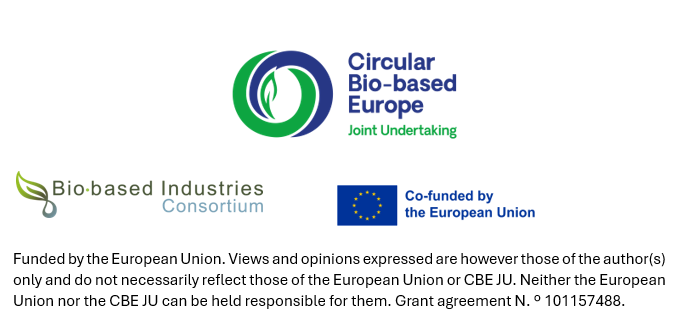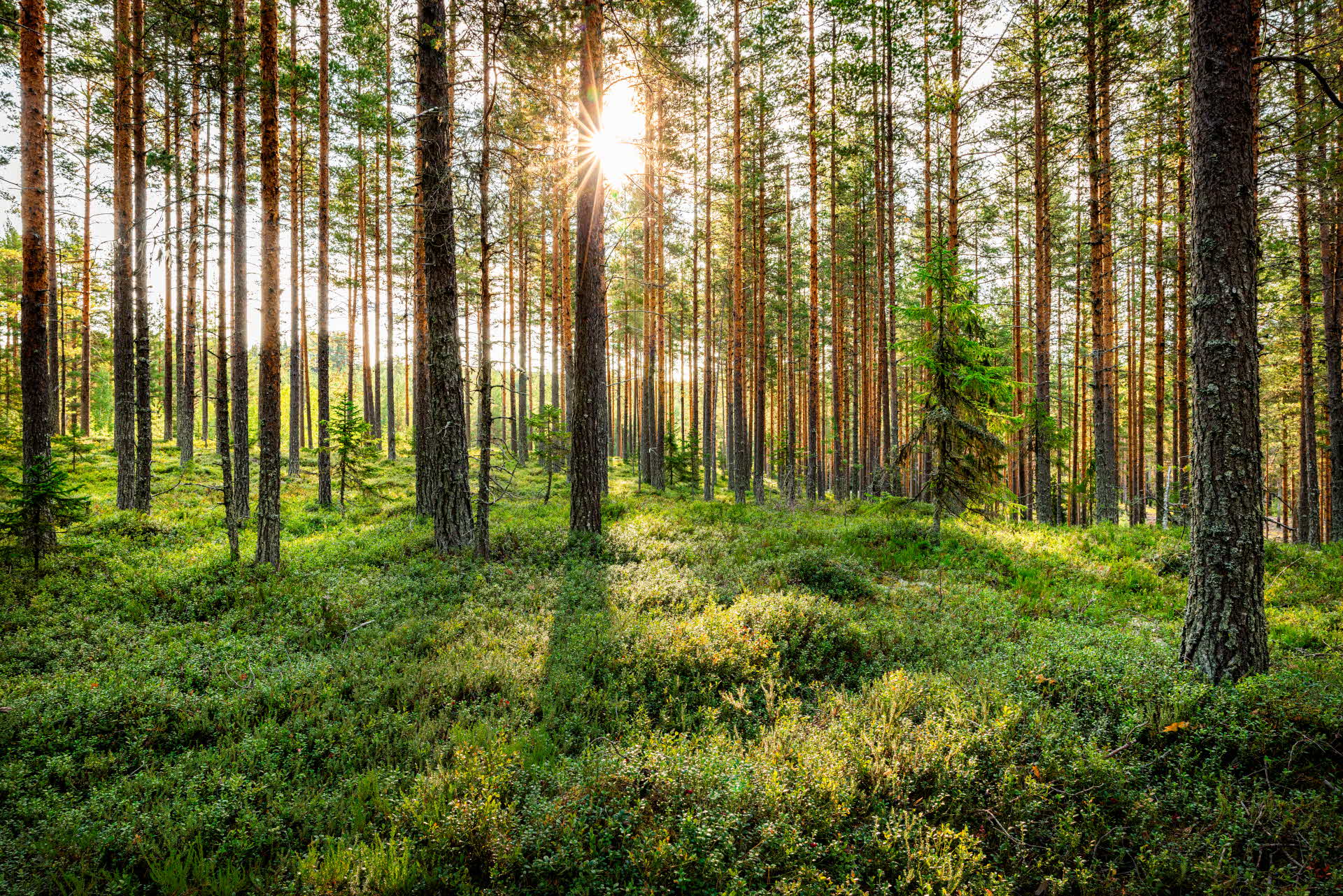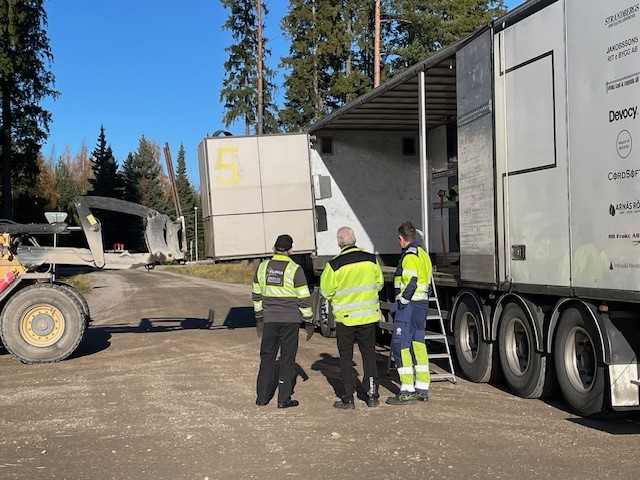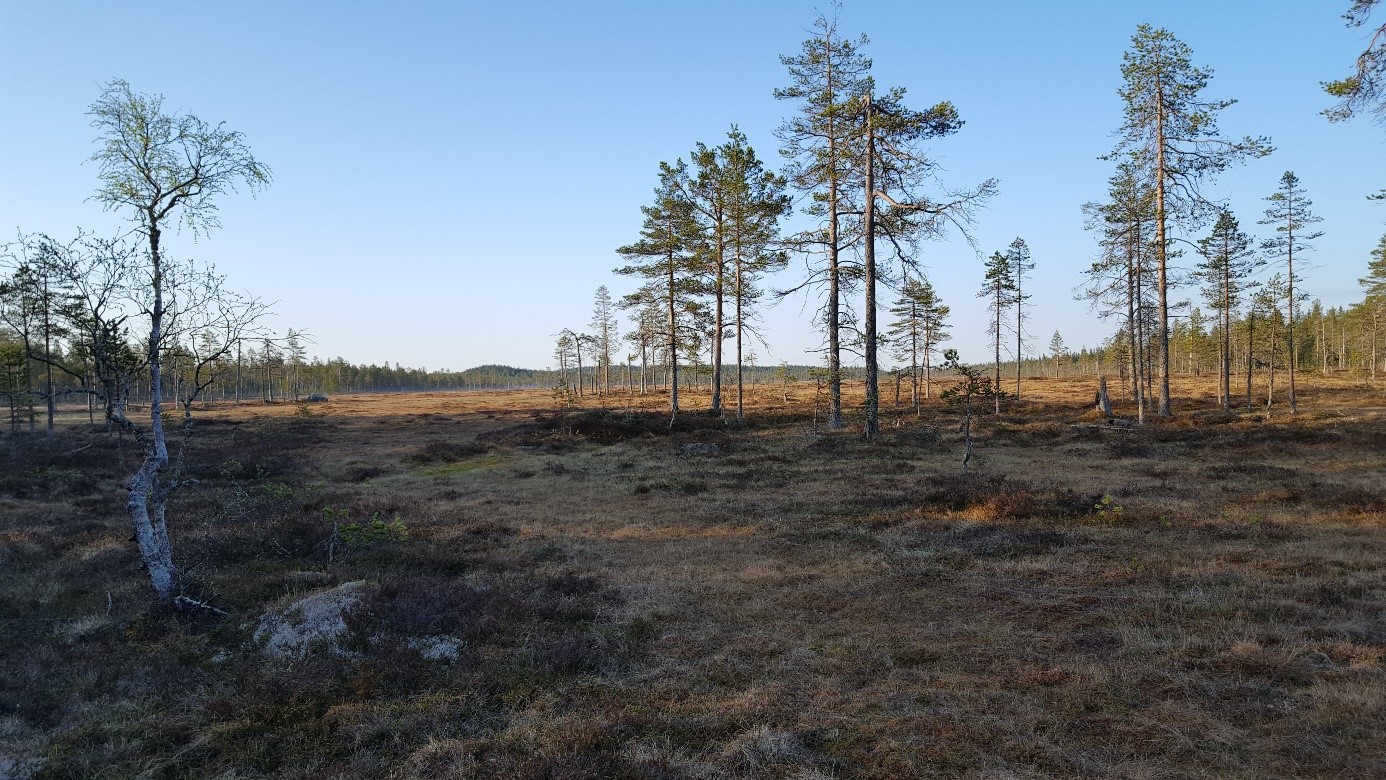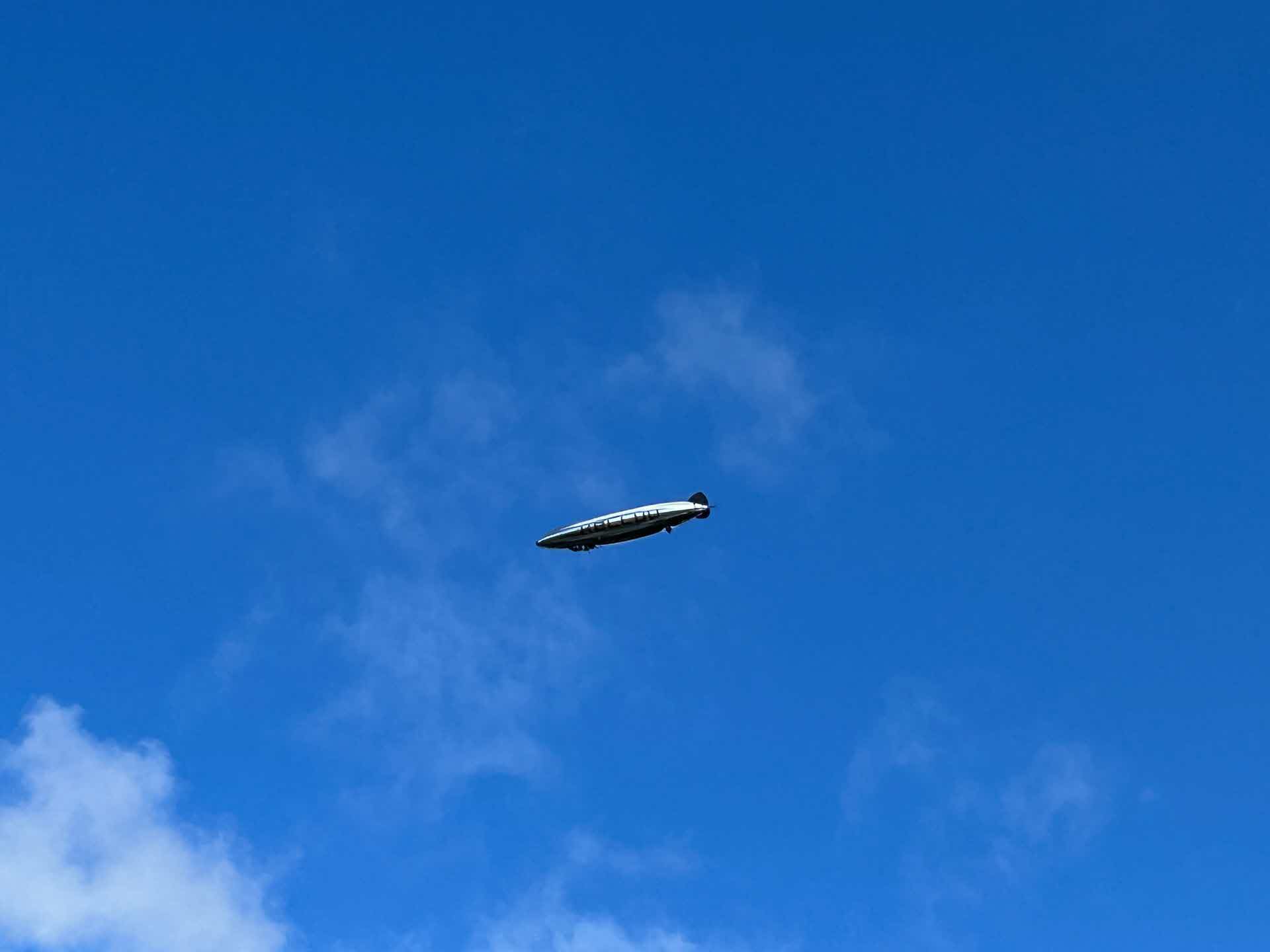
SingleTree and SCA explore the future of forestry – with airships and AI
- News
- Forest
In August, SCA Skog hosted the annual meeting for the EU project SingleTree. Among the participants were Europe's leading researchers in digital technology and forestry. "These were rewarding days where we showcased SCA's operations and our digital forestry. We’ve had many interesting presentations and discussions, and we got to see an airship that can measure forests," says Magnus Bergman, Head of Technology and Digitalization at SCA Skog.
The SingleTree project began in the fall of 2024 and will run for four years. The aim is to explore how forest value chains can be optimized using information about individual trees in combination with AI and remote sensing. The work is coordinated by NIBIO, the Norwegian Institute for Bioeconomy, supported by 14 partners from Norway, Sweden, Finland, Spain, and Switzerland. The participants include several universities, research institutes, and companies.
"The project gathers many of the most renowned experts in the field, and the goal is to collaboratively explore how we can develop forestry by applying advanced digital technology and extracting data about individual trees," says André Wästlund, Business Developer at SCA's Technology and Digitalization Division.
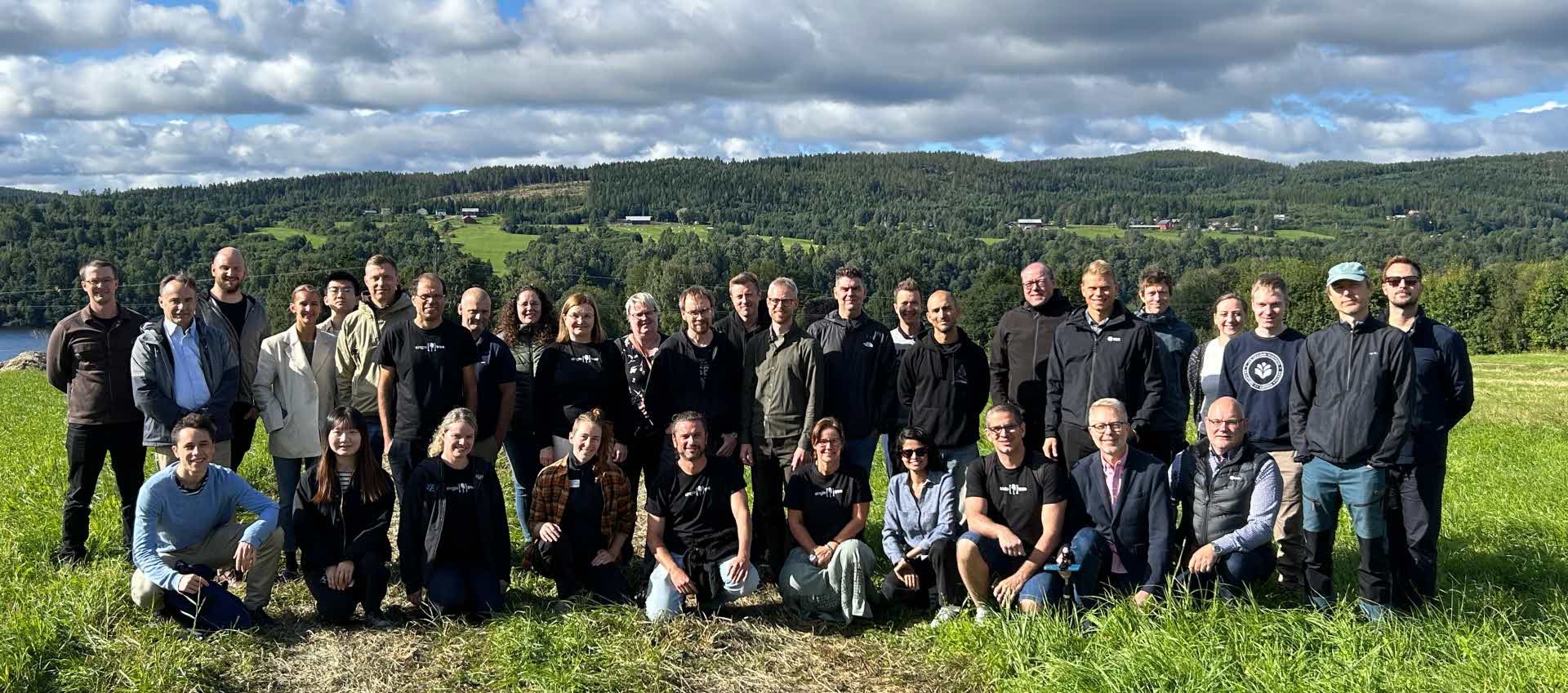
Progress is being made
Most of the work is carried out in various teams and through digital meetings. However, the annual meeting brings everyone together physically. This year's meeting began with a forest day northwest of Sundsvall where SCA showcased its operations.
"Physical meetings are very important as they foster creativity and collaboration and help us create common goals and directions," says Rasmus Aastrup, research manager at NIBIO. "This was our second annual meeting, and we’re seeing good progress in all work packages. Going forward, the focus will be to really start working with the data collection and structures that have been in focus during the first year of the project."
Digital harversting planning
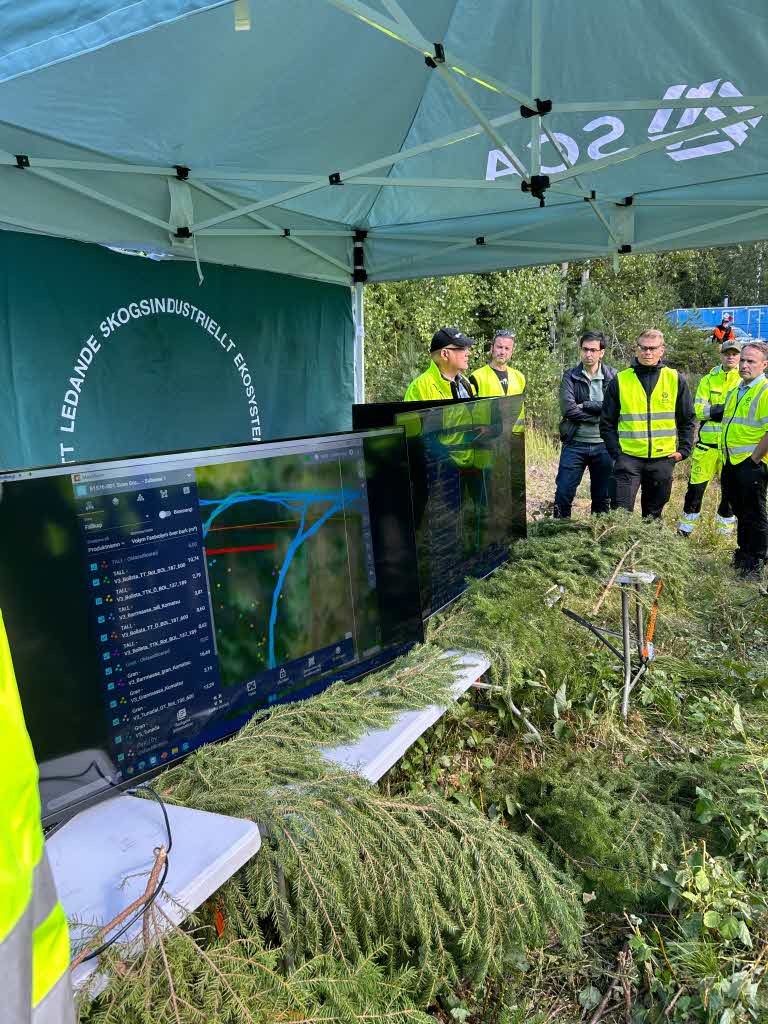
One of the program points was the presentation of how SCA is working to develop its digital planning for harvesting operations. SCA is at the forefront when it comes to collecting information about individual trees. This effort has resulted in the internally developed tool SCAn, which was also demonstrated to the group.
"With our work and SCAn, we are fundamentally changing how we plan our harvesting operations," says Magnus Bergman.
"By utilizing information from our laser scanning of selected forests and data from our forestry machines, combined with AI, to create a digital twin of the forest. Thanks to the SCAn tool, our planners can now perform a large part of the harvest planning at the office. This saves significant time, allows us to plan more efficiently during winter, and enables us to focus on visiting only the areas that truly need field inspections," explained Per Östman, Forestry Specialist at SCA Skog.
Leading to major changes
SCA handles a large part of the data collection for the project, which makes this type of research possible.
"The meeting confirmed to me that a key aspect of future forest-based value creation is digitally connected value chains, supported by efficient emerging data capture technologies and AI. Hence, I feel very privileged to be part of SingleTree, and I believe it is a very timely and important project," says Rasmus Aastrup. "In this context, it is a pleasure to collaborate with SCA, which can be considered a digital pioneer with focus on using digital technologies and AI to create a multifunctional forest and increased forest-based value. I am convinced that the steps we are taking now will lead to major changes in how we manage forests, organize forest management, and conduct forest research. The project is now at a point where we will start seeing the first results, which is very nice."
"SingleTree is an important project. The research being conducted allows us to further develop forestry and achieve the goal of transitioning from planning at the stand level to focusing on the characteristics of individual trees. In this way, we maximize the value we can generate from the forest," said Johan Viklund, Business Developer at SCA's Technology and Digitalization Division
Nature conservation and sawmill
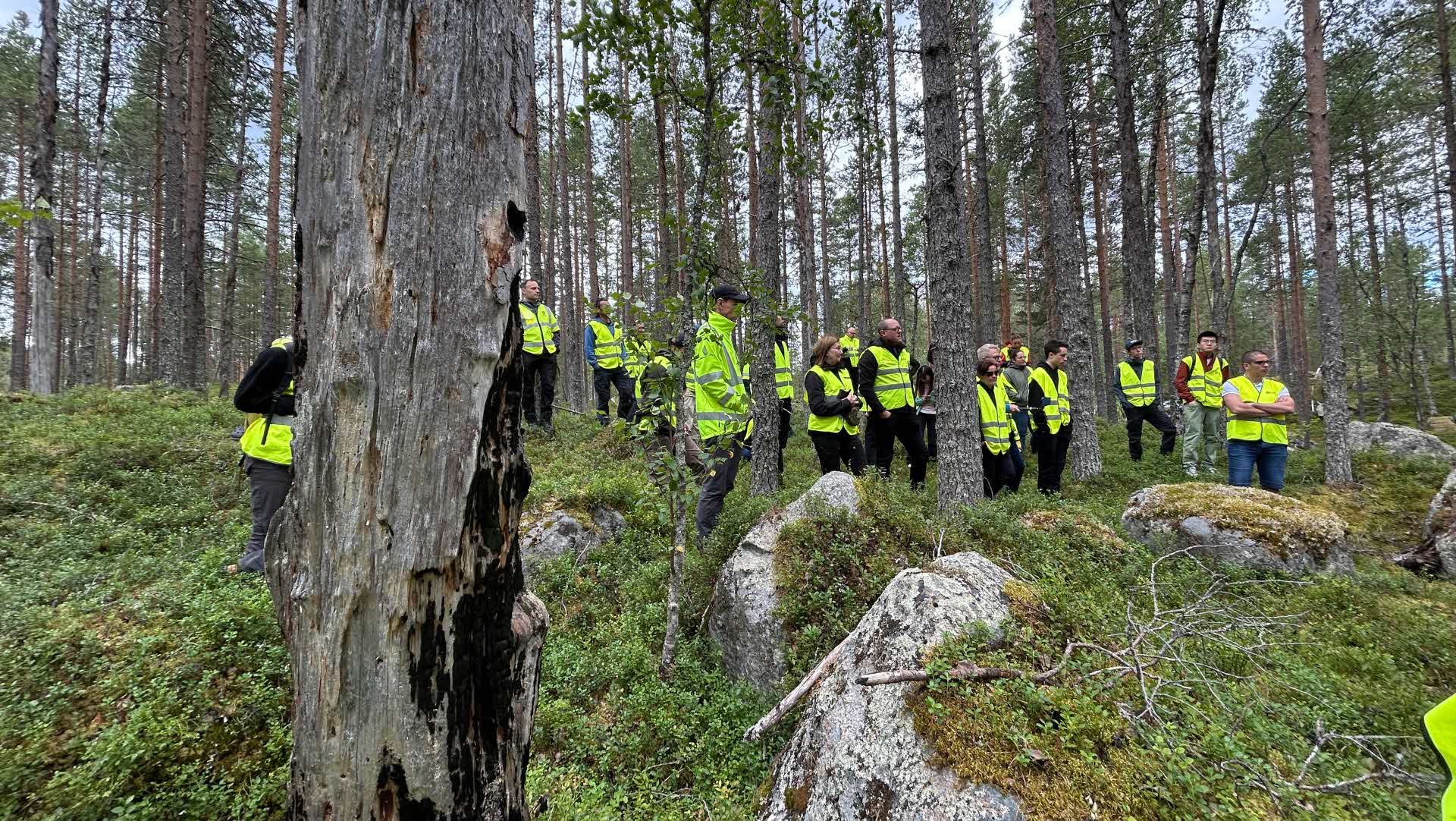
During the forest excursion, participants learned about SCA's nature conservation strategy and how environmental considerations are integrated into harvesting operations. They also visited a logging site where the forwarder and harvester were equipped with advanced GNSS technology to position and track the timber. The group learned about the Skogforsk project "DigFor Trace," in which SCA participates, using GNSS equipment on forestry machines and timber trucks to trace the timber's journey from the forest to the truck and then to the Bollsta sawmill.
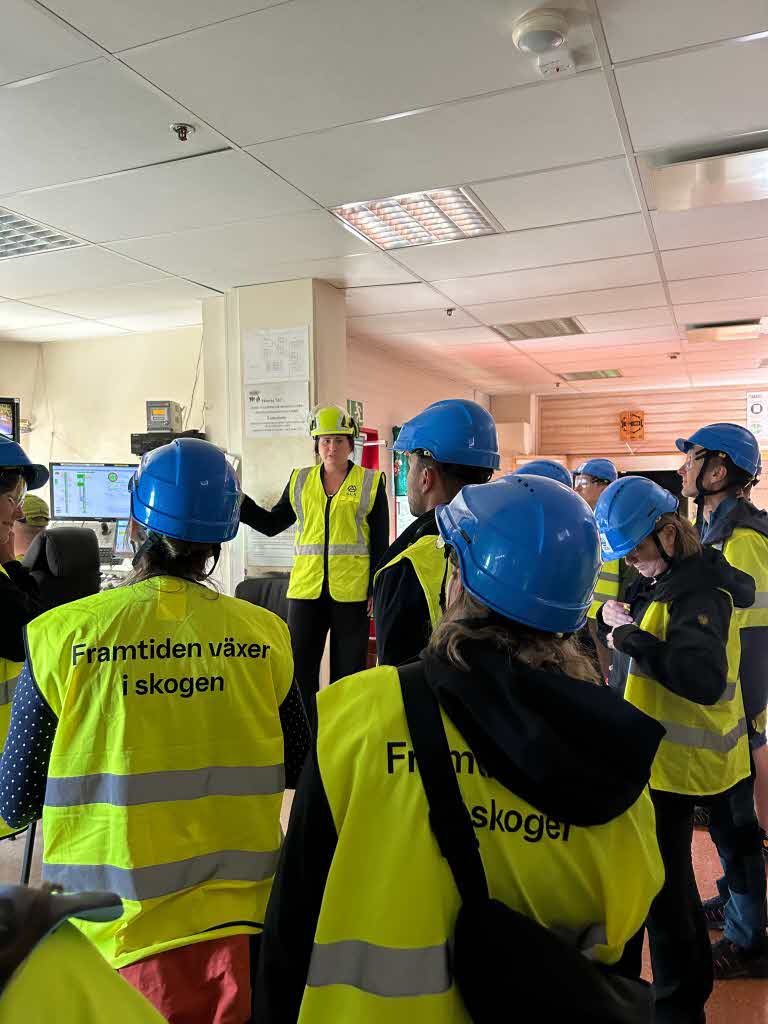
The final stop of the day was at SCA's Bollsta sawmill, where visitors saw both the state-of-the-art sawline and the world-unique grading system. Thanks to new technology such as CT scanners, SCA can look inside logs to determine which product each log is most suitable for. SCA can also track the log through the entire sawmill process—from log sorting to the finished goods warehouse.
Collaborations and connections
After the forest excursion, participants engaged in 1.5 days filled with research presentations, workshops, and discussions.
"The annual meeting was excellent, and we received very positive feedback on the forest excursion. Meeting like this, collaborating, and making connections with skilled researchers and companies is incredibly important. We provide the project with a lot of data from our forests, and the feedback we received on our work was very encouraging and enjoyable. There’s great potential, and technological development is advancing rapidly, so it’s important to keep up," said Magnus.
Significant differences in forests
SCA is one of three forest owners participating in SingleTree. The other two are the Canton of Bern in Switzerland, managing 13,000 hectares of forest land, and a Spanish foundation representing coniferous forests in the Mediterranean region.
"The project clearly highlights how significant the differences are between forests and forestry practices within the EU, and it’s important to bring this to light. Our forests here in Northern Europe, with only a handful of tree species, cannot be compared to forests in other EU countries, which might have as many as 50 different tree species. This also influences the choice of forestry methods." says Magnus Bergman.
Collecting data with airship
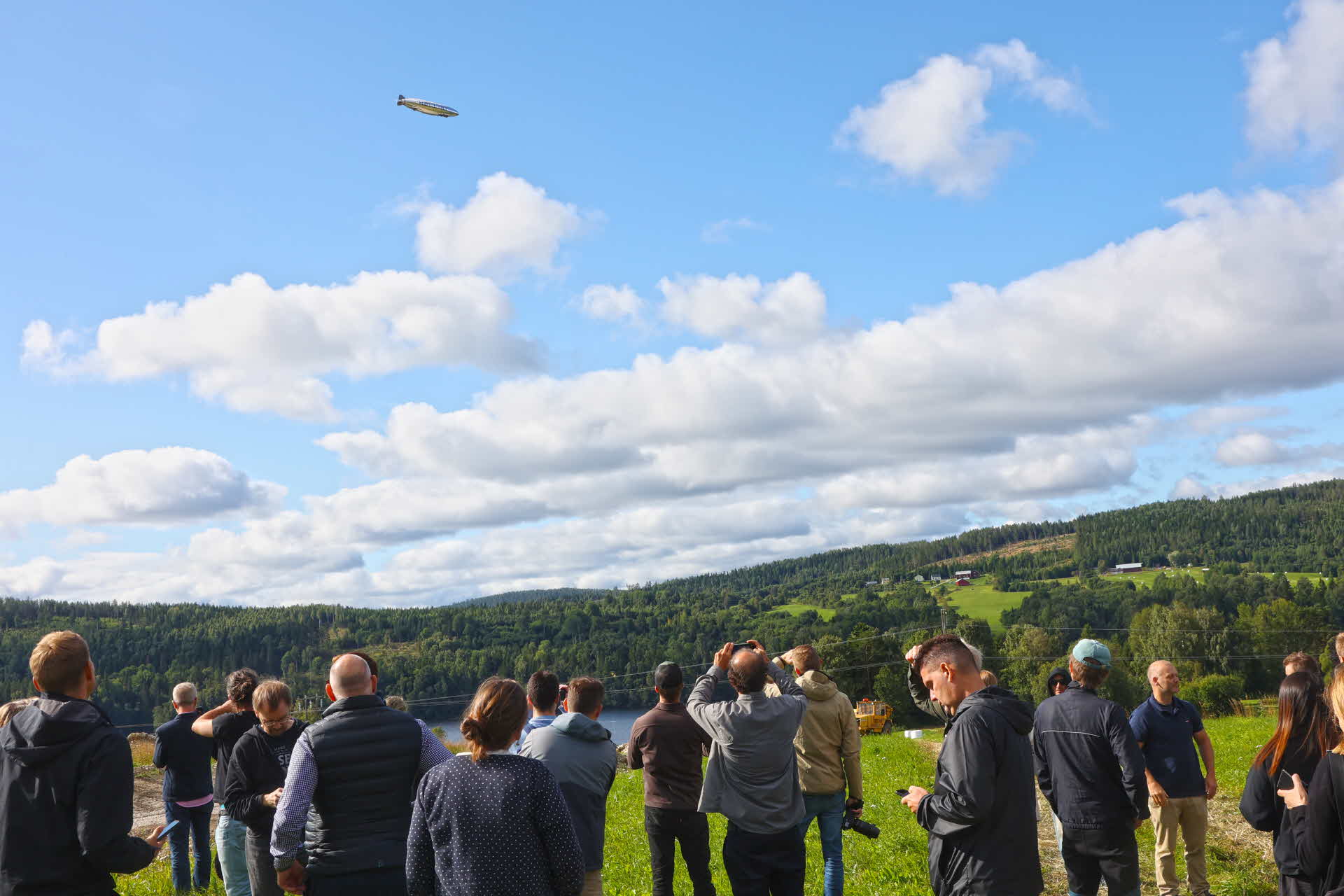
The annual meeting concluded with a demonstration by Finnish company Kelluu and their airship. Kelluu uses a 12-meter-long airship to collect high-resolution data, including forest data. The airship can be pre-programmed and remotely controlled, flying for up to 12 hours straight.
"It’s environmentally friendly and efficient, offering an alternative to helicopter-based measurements," commented Alexi Kontu, Marketing Manager at Kelluu.
SCA scans large forest areas annually using helicopters to collect data and develop its digital forestry capabilities. In 2025 alone, SCA scanned 50,000 hectares.
"As part of SingleTree, Kelluu will fly its airship over selected SCA land in the Sundsvall area to collect information," said Magnus Bergman. "It will be exciting!"

Photo: Misan Lindqvist and Niklas Andersson
More about SingleTree
The project is divided into five work packages. The first package deals with remote sensing and obtaining data about individual trees. The second package focuses on adaptive forest management, and the third package works with intelligent machines to make use of each tree's information, while work package four will address wood quality to optimize value creation from the forest.
The research and technical solutions developed in these four work packages will then be applied in the fifth work package, called LLVC, Living Lab Value Chain. This is 'living research,' and SCA are involved as Living Lab North. In addition, there are LLVC Central and LLVC South.
The project is funded by the Circular Bioeconomy Joint Undertaking (CBE JU) with a grant of €4.9 million.
Partners:
NIBIO - Norwegian Institute of Bioeconomy Research, Norway (project coordinator)
SLU, Swedish University of Agricultural Sciences
ITA-SUOMEN YLIOPISTO, University of Eastern Finland
Universidad de Valladolid UVA, Spain
MAANMITTAUSLAITOS, Finnish Geospatial Research Institute, Finland
Swiss Federal Institute for Forest, Snow and Landscape Research, Switzerland
SCA Skog AB
Creative optimization Sweden AB
Bern state forest enterprise, Switzerland
Kelluu Oy, Finland
Koko Forest Oy, Finland
Fundación Cesefor, Spain
Eidgenössische Technische Hochschule Zürich, Switzerland
Norwegian University of Science and Technology (NTNU), Norway
This initiative ultimately supports the EU Forest Strategy while delivering significant environmental, social, and economic benefits for rural development.
Follow SingleTree via LinkedIn
